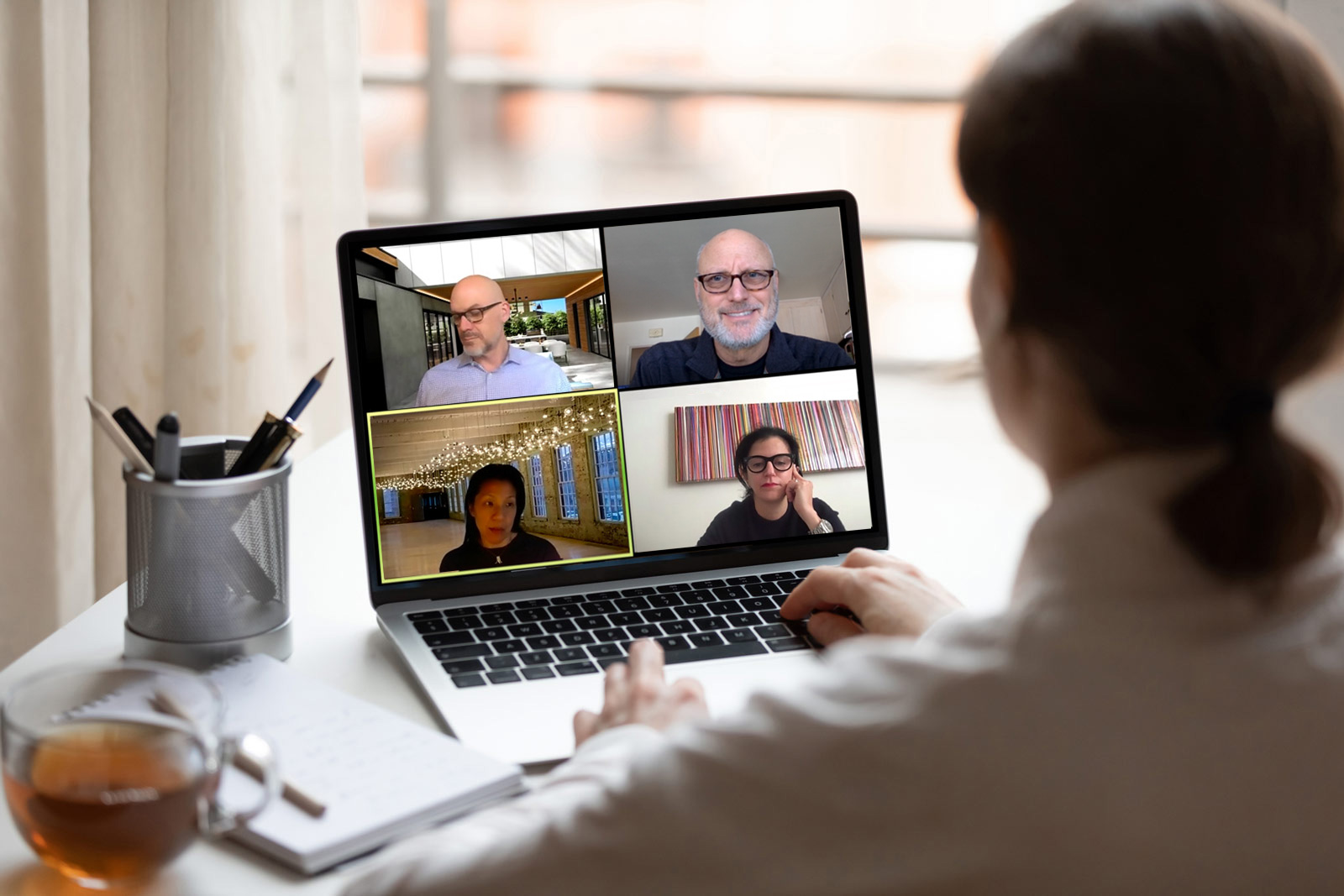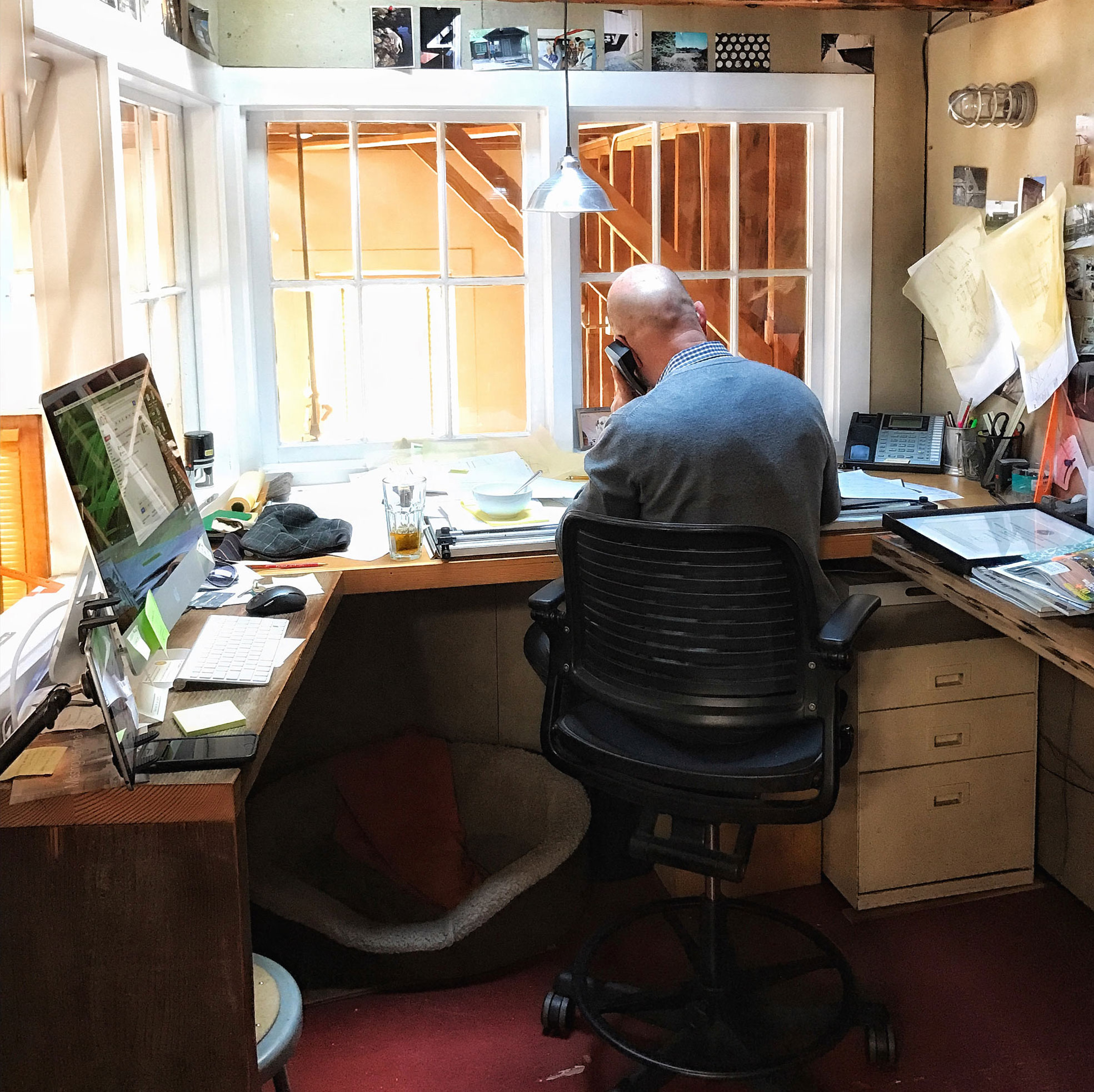Bottom Up: Management Tools that Support Strategy and Vision
I use powerful tools and processes—effective at any level of firm development—to support the management of your firm and projects.

Launch your practice
I often begin our work together by building an easy-to-use revenue model. We consider the cost of operating the business and its impact on revenue. We identify whether the firm is profitable or running at a loss and then we can model future growth and increased revenue potential.
Design Fee Management
We employ tools that enable you to anticipate and plan for the inevitable tapering-off of revenue as projects are completed. We compare projected revenue to actual revenue on a monthly basis. Did you hit your projected targets? Do we have to adjust our projections to ensure you end the year in the black?
Contract and Fee Negotiation
Economic cycles ebb and flow. We can study and implement fee and scope negotiation strategies adapted to current trends in practice and client preferences.


Project Management Mentoring
We implement clear project monitoring practices that permit busy principals and project leaders to track changes in project scope, schedule, design fees, and construction budget. See Every Project Has Four Corners.

Firm Structure and Growth Strategies
Firm growth is not just focused on increasing firm size or project complexity. Do you recognize the value of supporting the professional growth of your staff? Investment in staff development is a retention strategy. We develop strategies for inspiring high-level employee performance with an eye towards growth and advancement.
Marketing and Networking Strategies
Move your network from one based on transactions to one founded on relationships. Your network can lead you to new prospects. We start by brainstorming a list (or generating a map) of everyone you know, giving priority to those who are most likely to lead to prospective work. Who is in your network? How often should you make contact? What is the most effective and authentic way to make a connection? How are you present in your community?


The Culture of Transition and Succession
You have created a company and a culture. Do you want to pass it on to others? What is the most authentic and appropriate method of creating a transition strategy for the business you have carefully grown, one that acknowledges your investment and that encourages the growth of others that might follow in your path?
I really appreciate Michael’s experience in the architecture field, his general advice and the tools he provided that gave me increased structure in running my business.
Keith Willig
Michael's greatest skill is his ability to show deep empathy and still challenge me where I need it. He is a strategic partner and a therapist. Our discussions uncover my blind spots and give me the direction and the energy to meaningfully improve as a business owner, an employer, and a server of my clients.
Jason Langkammerer
AT6 Design BuildI would not be where I am today without Michael's understanding nature, support and guidance in my transition to professional architectural practice.
Tom Nowell
We have become much more team oriented. Morale has increased and our team has become tighter after hiring the right people and letting go of the people that were not right for us.
Leverone Design
Michael was a great help with business development. He connected me with sole practitioners I could work with and also exposed me to how small shops were operating and approaching their business at large.
McGriff Architects
Working with Michael my business grew and I was able to focus on selecting clients aligned with my values… not wait for clients to “walk thru the door.”
Margie O’Driscoll
Michael brought outside perspective with ample experience to help sort issues into understandable and actionable tasks
Bobbie
Firm operations is one of the biggest areas Michael helped us with, particularly as it relates to managing, recruiting, and retaining employees.
PROTO, Inc.
all photos by Michael Bernard except architecture office team by NoSystem images
